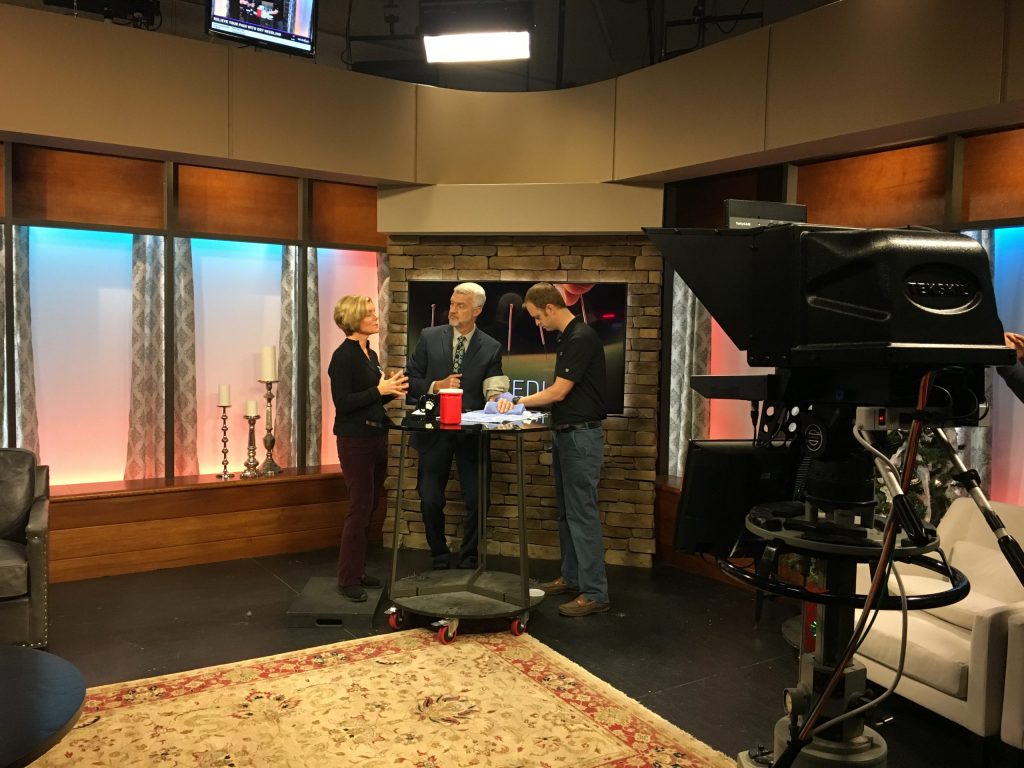What exactly is dry needling?
- It is a pain relieving technique that physical therapists use involving.
- A thin mono-filament needle without any liquid in it (dry).
- Used to penetrate the skin and stimulate underlying trigger points or muscle “knots”.
How does this differ from acupuncture?
- Needles are identical.
- Dry needling is used to relieve pain from the muscle knot and allows progression in treatment.
- Acupuncture has the intent of moving chi or energy along traditional Chinese meridians.
What does it involve and how long does it take?
- The therapist 1st finds the trigger points by palpating the area they are treating. They insert the needle into the knot and leave it there or may turn the needle after a few minutes for more effect. The muscle fibers in that area then relax, and circulation improves.
- Needles stay in for 5–30 mins.
What should you expect to feel?
- Nothing at all
- Slight sting.
- A very brief ache or “cramp”.
- May have muscle soreness afterward.
How does it work, what is the mechanism for relieving pain?
- It interferes with the pain signals to the brain.
- It releases endorphins (our bodies own pain relievers).
What kinds of problems can you use this for?
- Tennis elbow
- Headache/neck pain
- Low back pain
- Knee pain
- Chronic pain
We have center and branch locations in Gorham, South Portland, Portland, Newport, Brewer, Waterville and Auburn, Maine to better serve your needs.
